The University of Arizona Press
www.uapress.arizona.edu
2004 The Arizona Board of Regents
All rights reserved. First English-language edition 2004
First paperback edition 2015
Printed in the United States of America
20 19 18 17 16 15 7 6 5 4 3 2
ISBN-13: 978-0-8165-2317-7 (cloth)
ISBN-13: 978-0-8165-3203-2 (paper)
Originally published in Spanish as La mitologa de los Huicholes (El Colegio de Michoacn, Zamora, Michoacn; El Colegio de Jalisco, Guadalajara, Jalisco, 1998; Secretara de Jalisco).
Publication of this book is made possible in part by the proceeds of a permanent endowment created with the assistance of a Challenge Grant from the National Endowment for the Humanities, a federal agency.
Library of Congress Cataloging-in-Publication Data
Zingg, Robert M. (Robert Mowry), 19001957.
[Mitologa de los huicholes. English]
Huichol mythology / by Robert M. Zingg ; edited by Jay C. Fikes, Phil C. Weigand, and Acelia Garca de Weigand.
p. cm.
Originally published in Spanish as La mitologa de los HuicholesVerso t.p.
Includes bibliographical references.
ISBN 0-8165-2317-7 (cloth : alk. paper)
1. Huichol mythologyMexicoTuxpan de Bolaos. 2. Huichol IndiansMexicoTuxpan de BolaosPortraits. 3. Huichol IndiansMexicoTuxpan de BolaosRites and ceremonies. 4. LegendsMexicoTuxpan de Bolaos. 5. Tuxpan de Bolaos (Mexico)Social life and customs. I. Fikes, Jay C. (Jay Courtney), 1951 II. Weigand, Phil C. III. Garca de Weigand, Celia, 1933 IV. Title.
F1221.H9Z48 2004
299.7'84544013dc22
2004002746
 This paper meets the requirements of ANSI/NISO Z39.48-1992 (Permanence of Paper).
This paper meets the requirements of ANSI/NISO Z39.48-1992 (Permanence of Paper).
ISBN-13: 978-0-8165-4498-1 (electronic)
Editors Preface
Robert Zinggs orthography, the correspondence between sounds and letters that represent them, will undoubtedly be revised by linguistically oriented researchers in Tuxpan. I am not fluent enough in Tuxpans dialect of Huichol to feel comfortable correcting Zingg. I can say that Zinggs use of a barred l (e.g., in Tewiai) probably indicates that he heard it as a soft r sound. I usually heard a soft r in such words pronounced in Santa Catarina (but spelled it as if it were an ordinary sounding r).
Robert Zingg used lowercase letters for all Huichol ancestors (who are alternatively called gods or deities). To make his corpus of Huichol myths consistent with other publications about Huichol religion, we capitalized the names of all ancestors (gods or deities). Except for capitalizing Huichol ancestors names, Zinggs transcriptions of Huichol words were not corrected.
Other minor editorial changes included renumbering footnotes and making the chapter titles and all subtitles consistent with University of Arizona Press style. In his manuscript Zingg had placed footnotes at the bottom of each page, starting the numbering sequence again on each page where a footnote appeared. We put all footnotes for each myth (or chapter) together at the end of the book. This was done to make the book more readable, uncluttering the text for nonspecialist readers while retaining the footnotes for Huichol specialists. Zingg underlined all foreign words and proper names. We did not underline proper names. Foreign words were only underlined the first time they were mentioned in each chapter.
Robert Zingg consistently misspelled certain words. To improve readability we silently corrected such errors (e.g., anoint, baptize, center, and spittle).
Any other variation from Zinggs original manuscript was placed inside square brackets. Such editors corrections, comments, or additions were made only when I had complete confidence that a correction was accurate or an addition justified (e.g., deer horns [antlers]).
Jay C. Fikes
Acknowledgments
We are grateful to Robert M. Zinggs widow, Emma K. Zingg, and her lawyers for their cooperation in selling us the publication rights to Robert Zinggs Huichol Mythology. Her interviews with Jay Fikes clarified many misunderstood aspects of her husbands life, including the fact that he died as the result of a massive heart attack. We also appreciate the efforts of Robert Zinggs son, Robert Zingg Jr., who provided Fikes with many interesting insights into his fathers life as well as two photographs of his father that appear in this book.
A Spanish edition of Zinggs Huichol Mythology was published in 1998 by the Colegio de Michoacn. That publication included 204 original photographs from Zinggs research in Tuxpan and was co-sponsored by the Colegio de Jalisco and the Secretara de Cultura del Estado de Jalisco. We are grateful to the Colegio de Michoacn for their collaboration in presenting Zinggs Huichol Mythology for the first time in English.
We want to acknowledge Professor J. Charles Kelley for locating Zinggs enormous Huichol photo collection and then entrusting it to the Amerind Foundation for safekeeping. We appreciate the confidence Charles DiPeso, Director of the Amerind Foundation, placed in the Weigands by giving them all of Zinggs photos, which are now preserved as a research collection at the Colegio de Michoacn.
Mark Hoffman, editor of the journal Entheos, did the difficult job of preparing the manuscript for publication with great dedication and enthusiasm. We are much obliged to him for all his fine work.
We are especially pleased with the work done by Dr. Christine Szuter and Dr. Yvonne Reineke at the University of Arizona Press. Nancy Aroras meticulous editing of this book was inspirational. We are grateful to the manuscript reviewers, all of whom recognized the extraordinary value of Zinggs landmark study of Huichol mythology.
We remain indebted to the Huichol people, especially those living in Tuxpan, for their willingness to share their homes, their culture, and their memories of Robert Zingg. Last and most important, we dedicate this book to the memories of Juan Real and Robert Zingg, whose collaboration in preserving these myths should finally bring them the recognition they have always deserved.
Introduction
This book is the most authentic and comprehensive work on Huichol mythology ever published. We have little firsthand experience recording myths and observing rituals specific to Tuxpan, the Huichol community where in 1934 Robert Zingg transcribed the myths we have edited for this volume. Our Huichol research has focused on Santa Catarina (Fikes) and San Sebastin (the Weigands). For this reason, and because no other anthropologist has matched the volume of myths collected by Zingg from a single Huichol informant, we believe that it is premature to attempt an extensive analysis of his collection of myths. Accordingly, in this introduction we will summarize Huichol ethnohistory, a topic we feel well qualified to address and one that has been relatively neglected in most recent studies on the Huichol. This introduction is intended to give nonspecialist readers the historical and cultural background necessary to appreciate the richness of Huichol culture and to enable future researchers in Tuxpan to assess more precisely the value of Zinggs monumental work on mythology.
In 2000, from ten to fifteen thousand Huichol Indians inhabited some 4,107 square kilometers of rugged mountain and canyon country, largely drained by the Chapalagana River, located in the Mexican states of Jalisco and Nayarit. The Huichol settlement of Tuxpan de Bolaos, where Robert Zingg collected the myths presented here, is about two hundred kilometers north of Guadalajara. Five distinct micro-environments described by Weigand (1972, 1992a) have provided Huichols with a variety of plants, animals, and land for growing crops. Traditionally, the Huichol system of slash-and-burn horticulture supplied maize, beans, and squash. These and other crops (e.g., amaranth, chile,

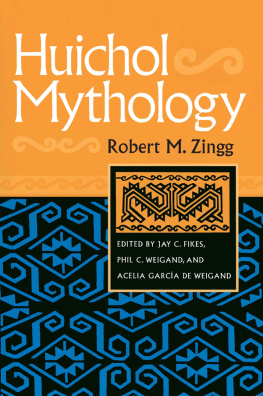


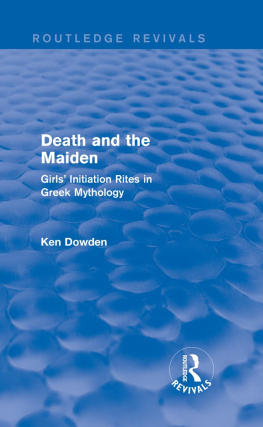

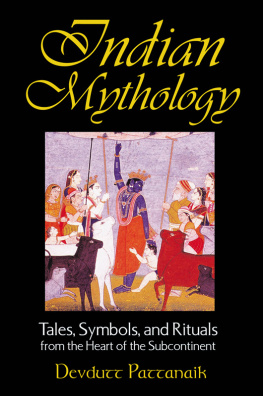
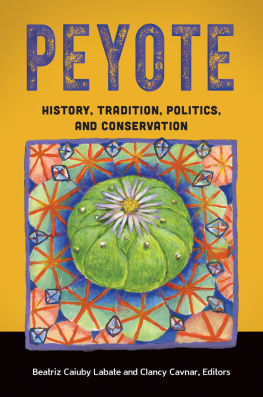

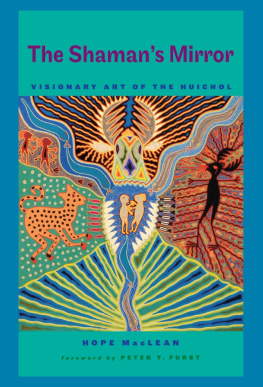


 This paper meets the requirements of ANSI/NISO Z39.48-1992 (Permanence of Paper).
This paper meets the requirements of ANSI/NISO Z39.48-1992 (Permanence of Paper).